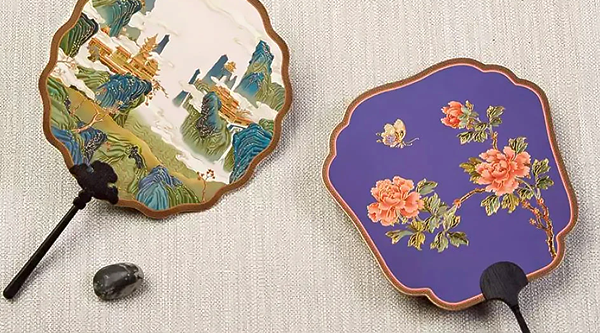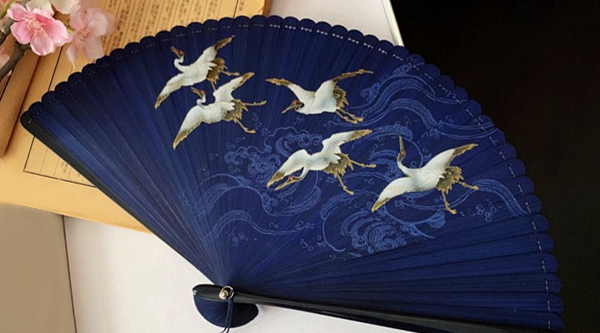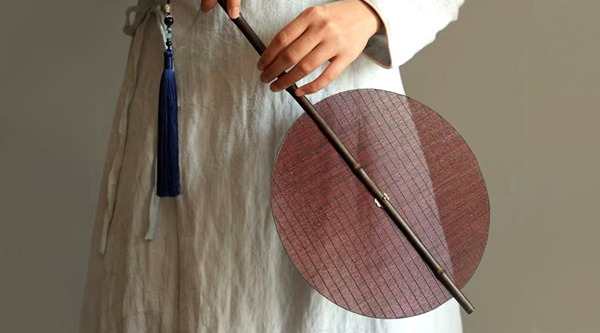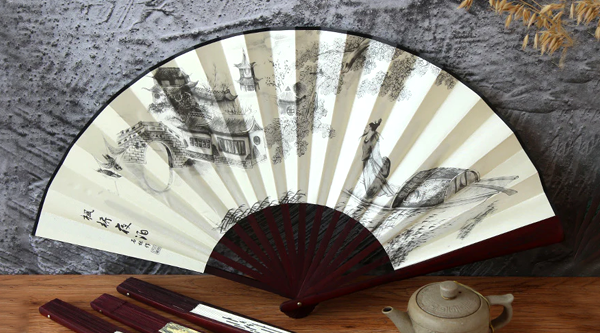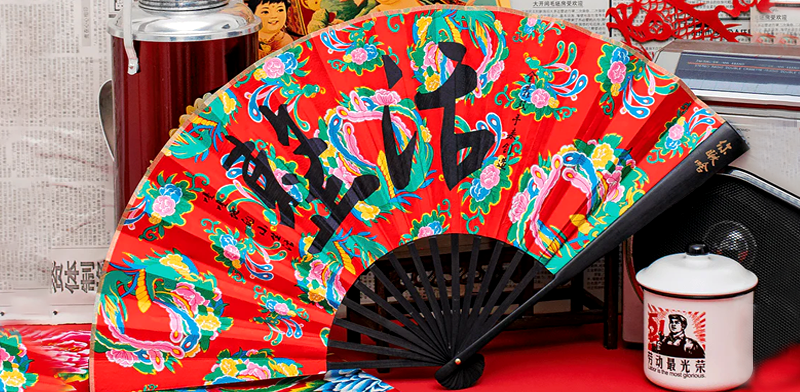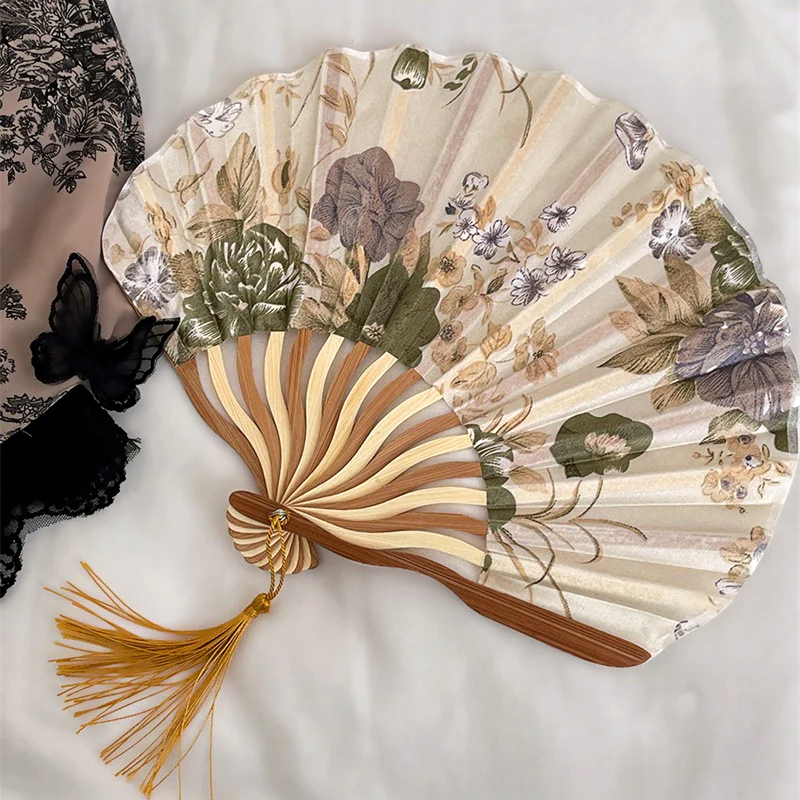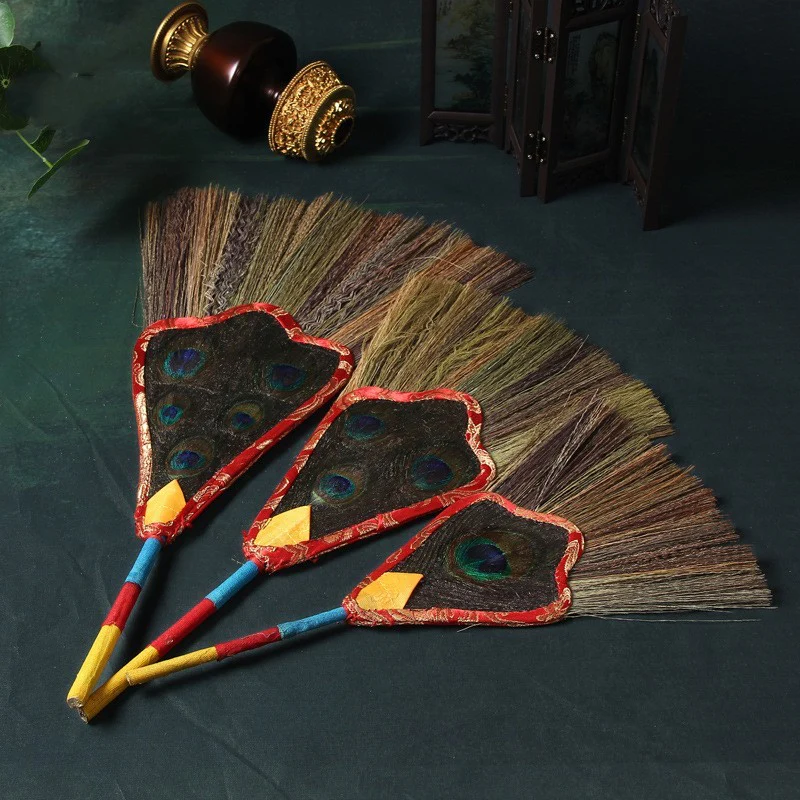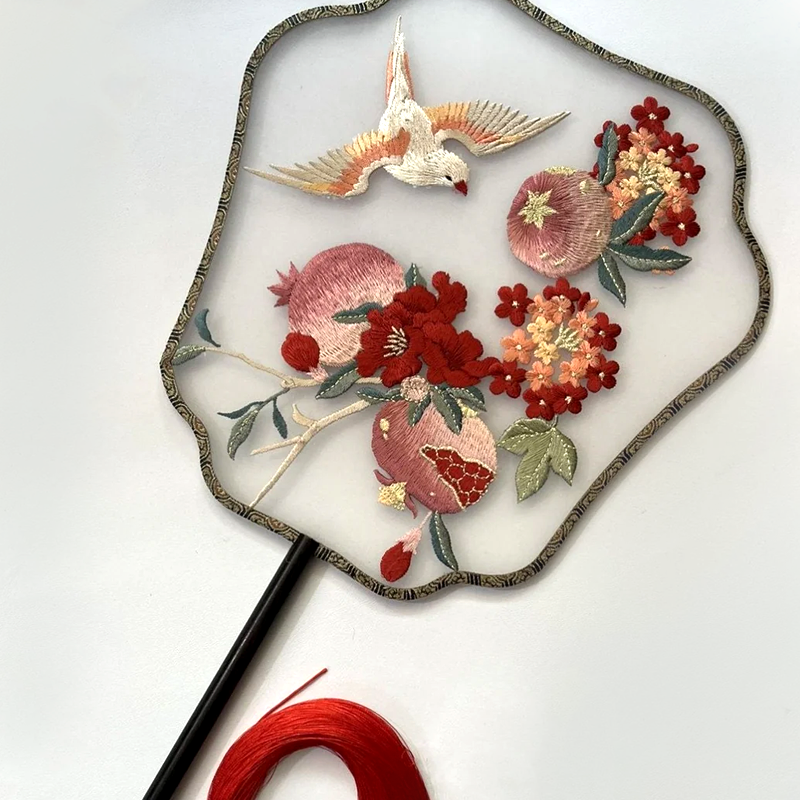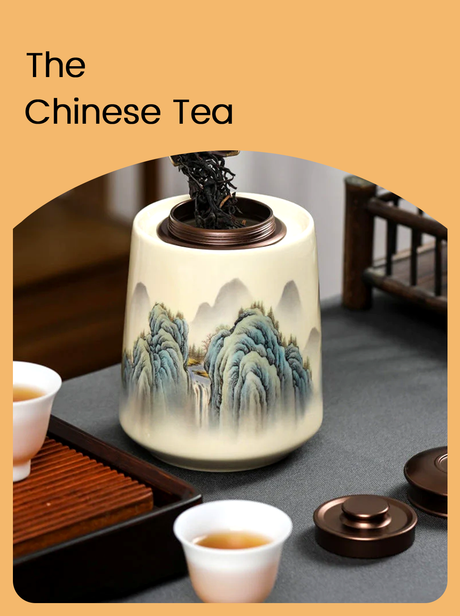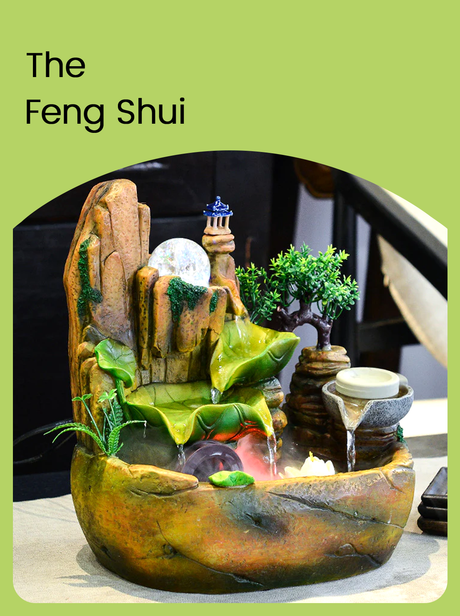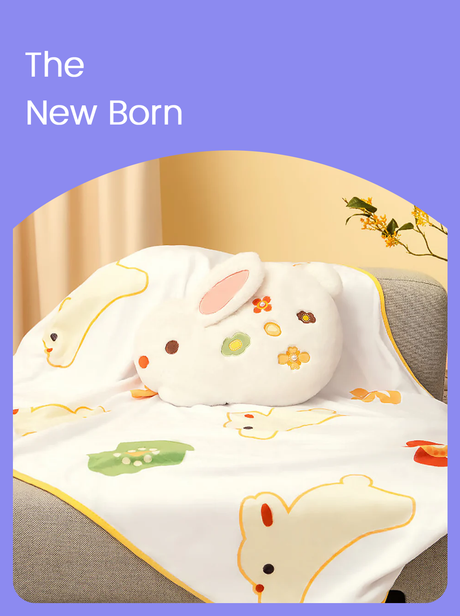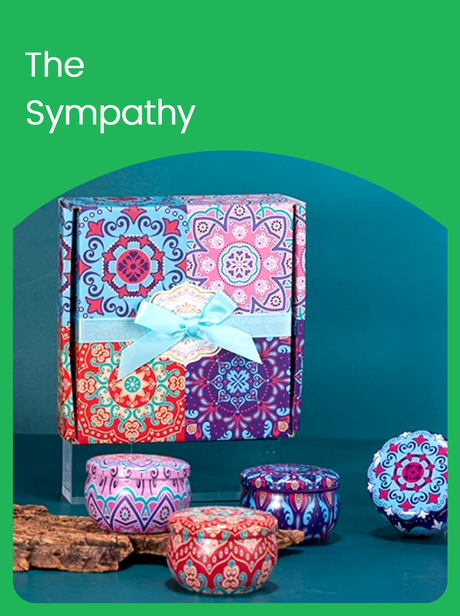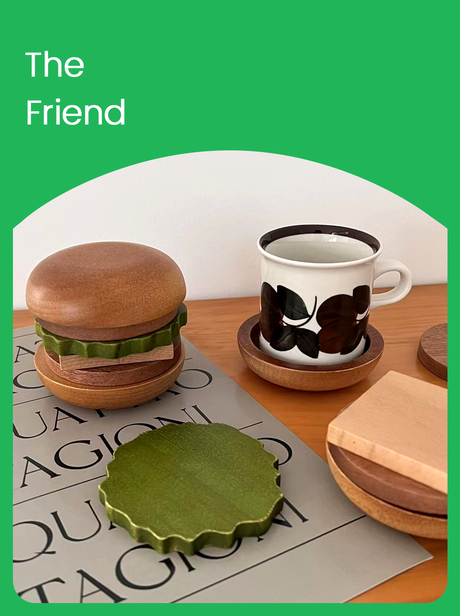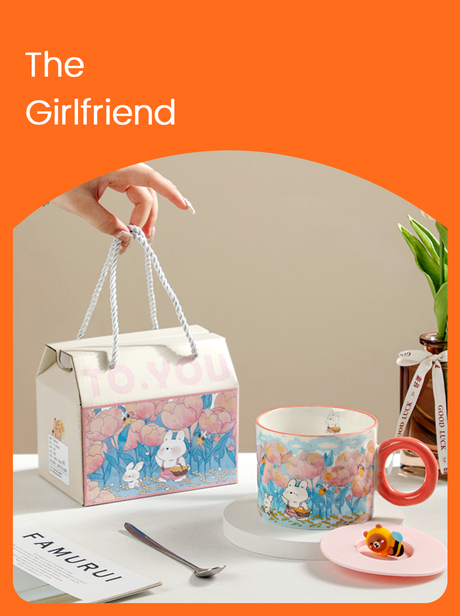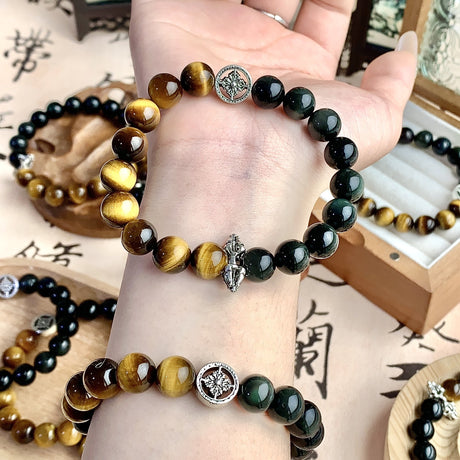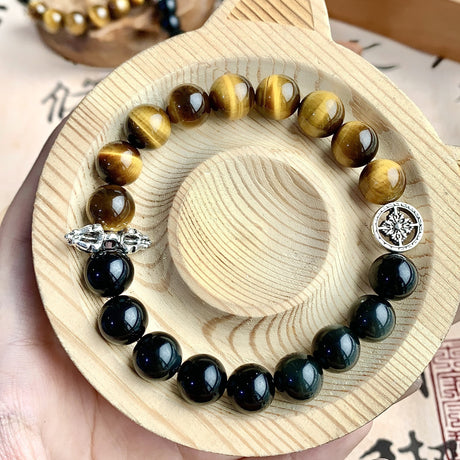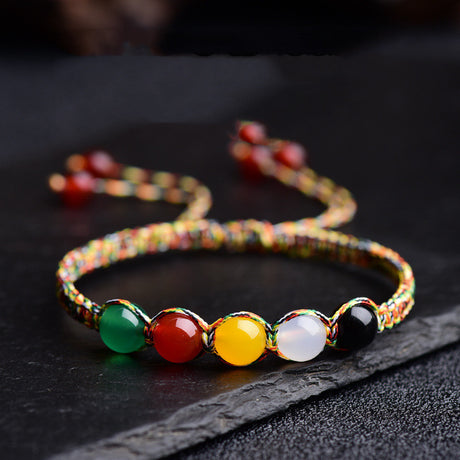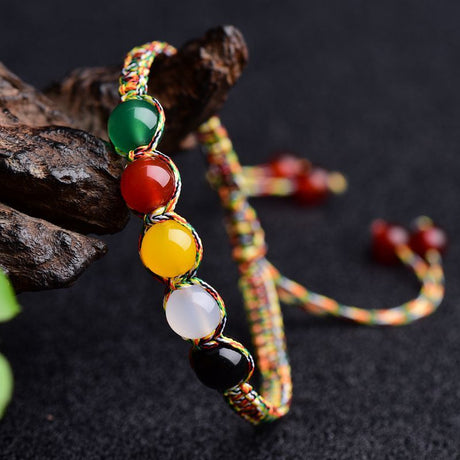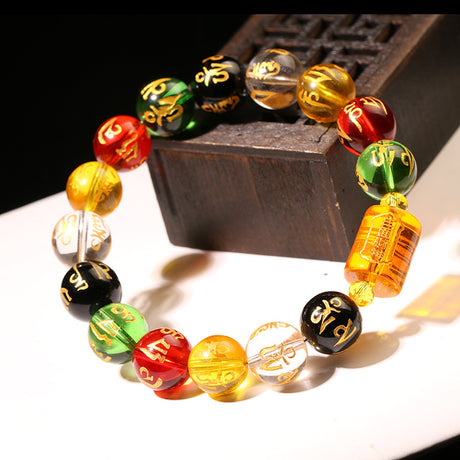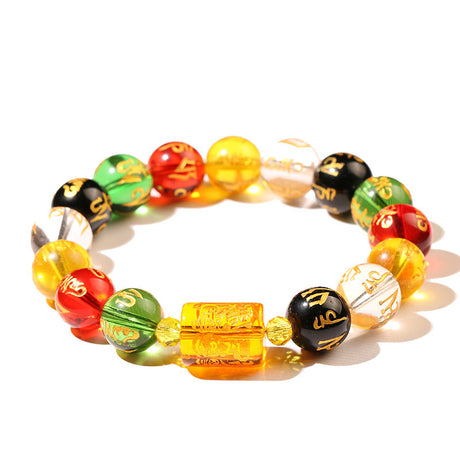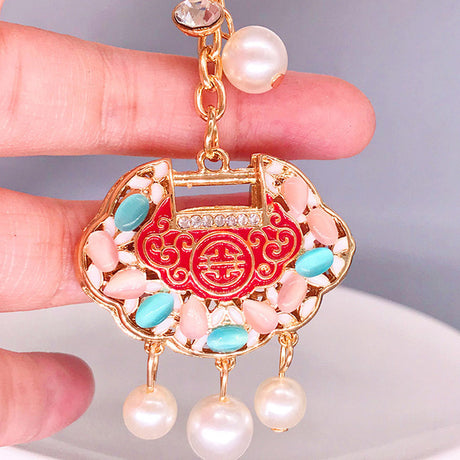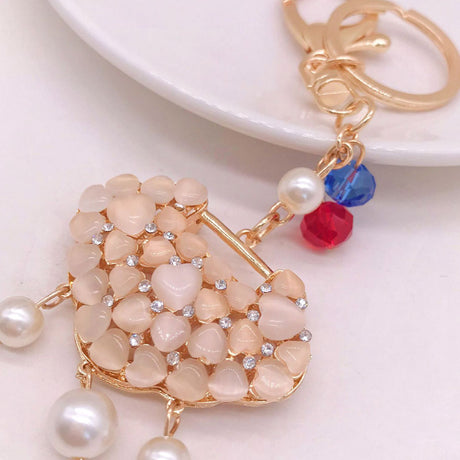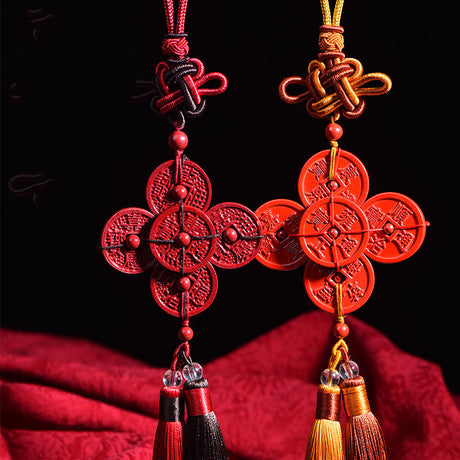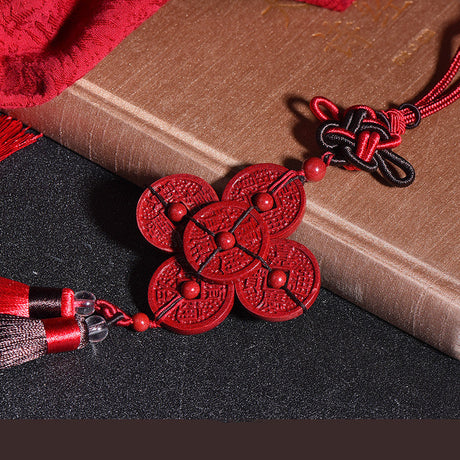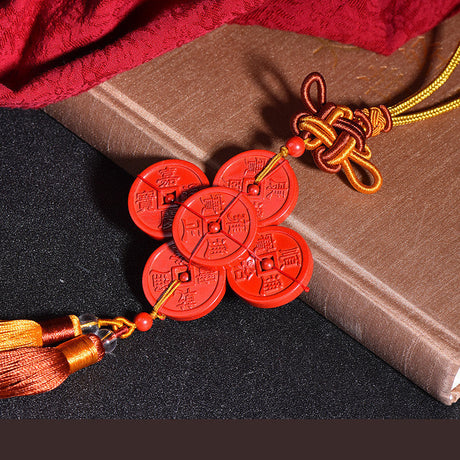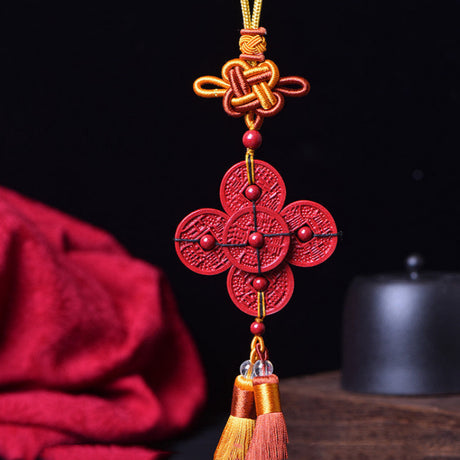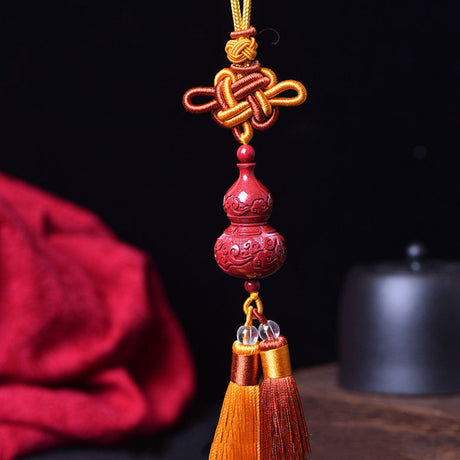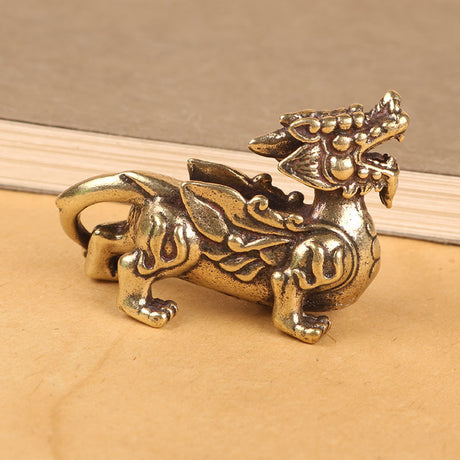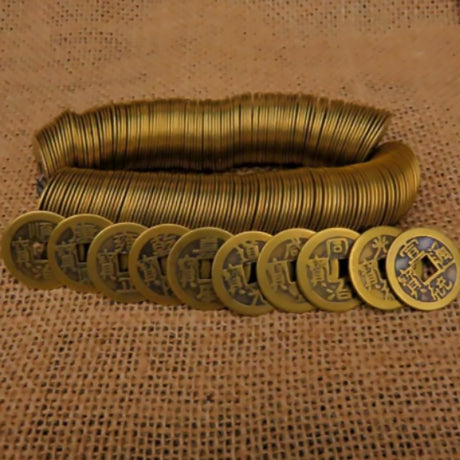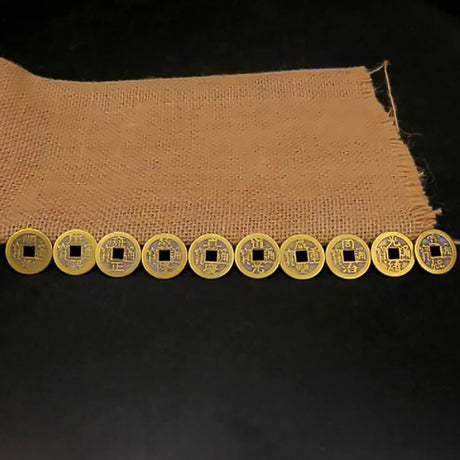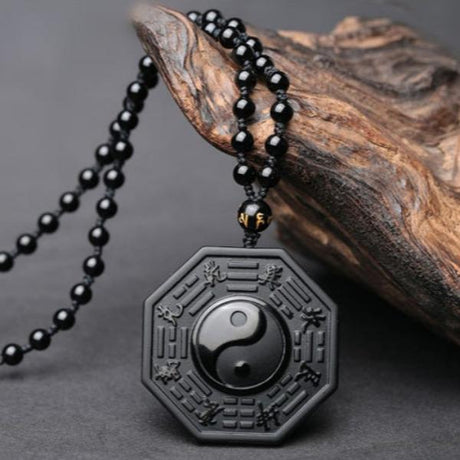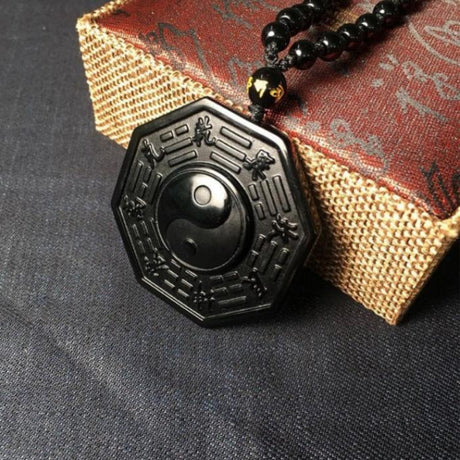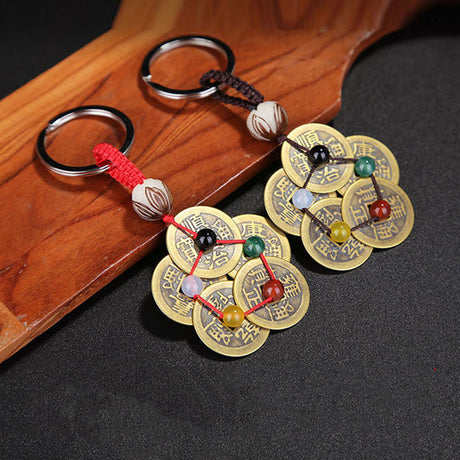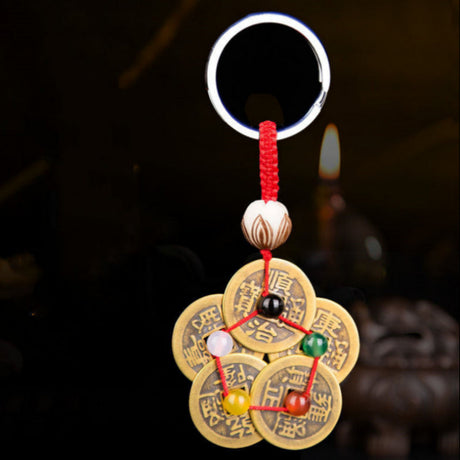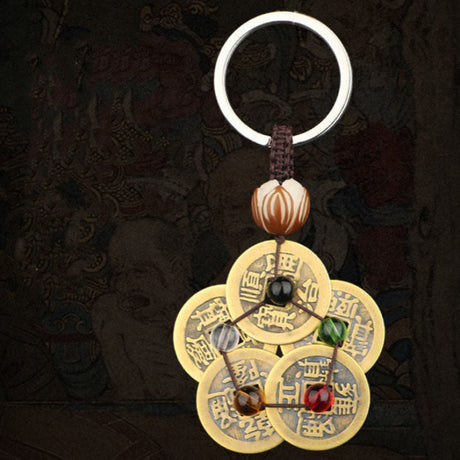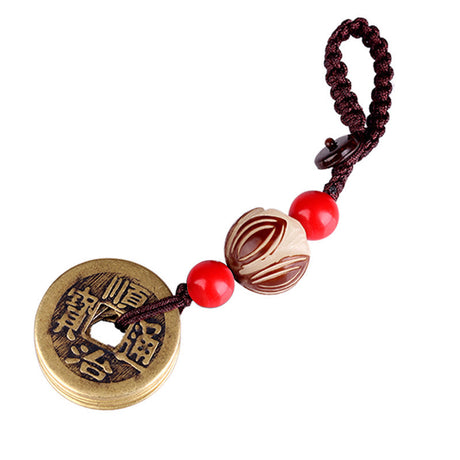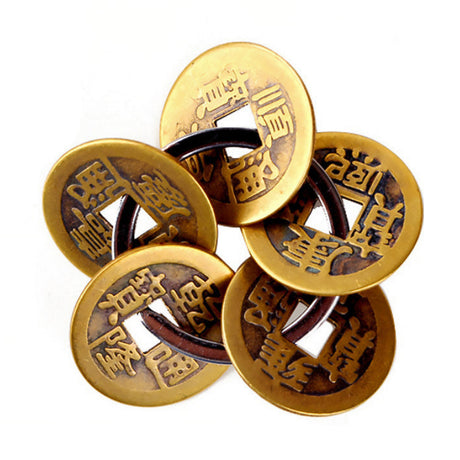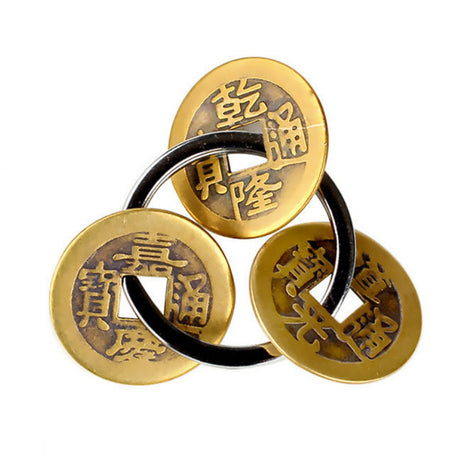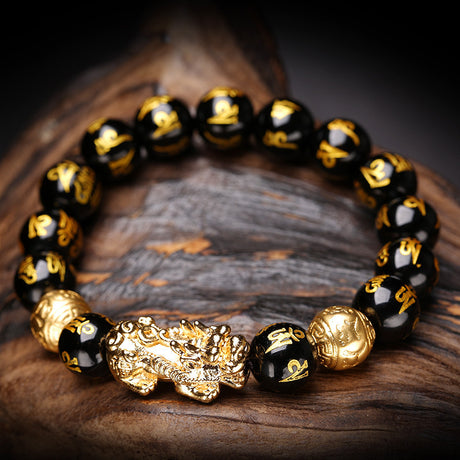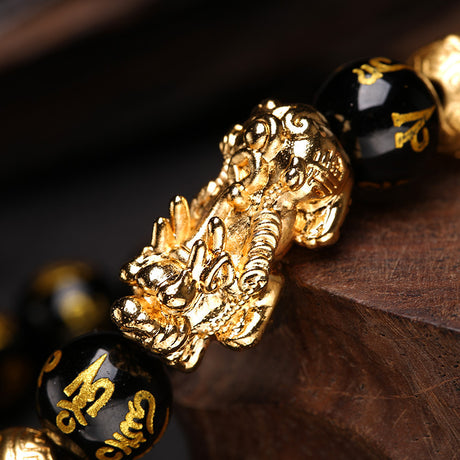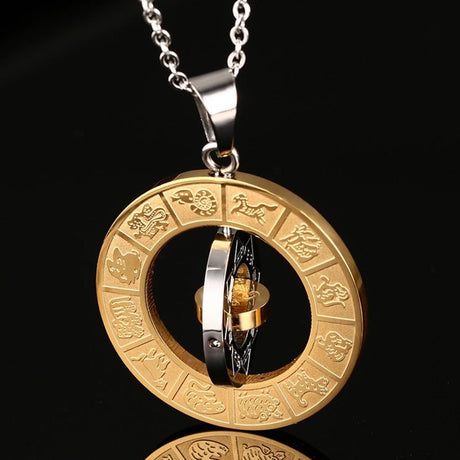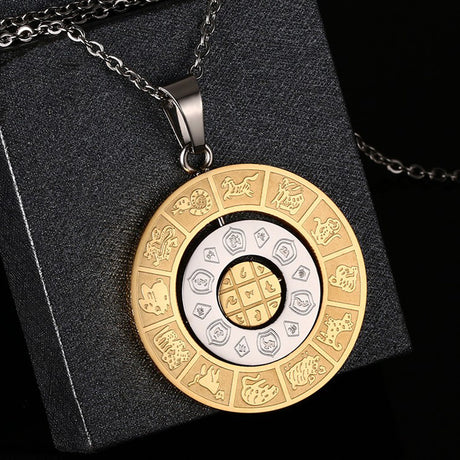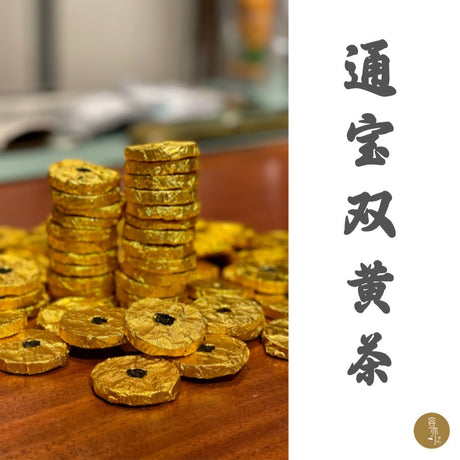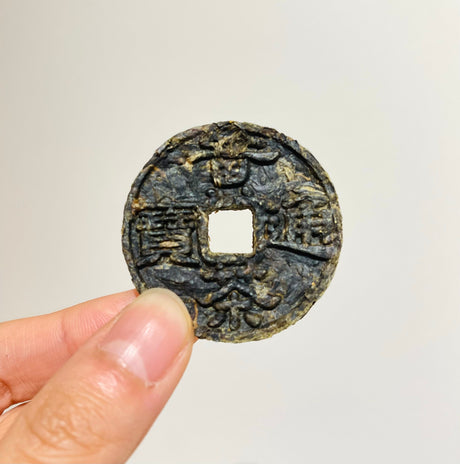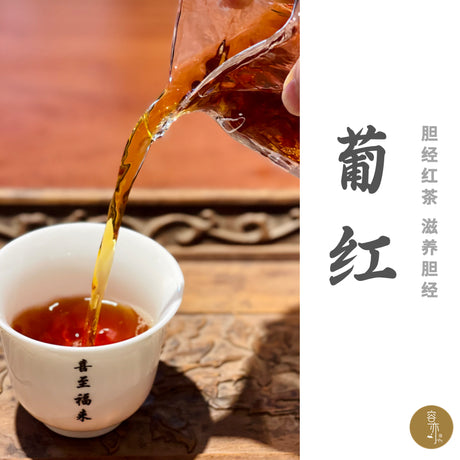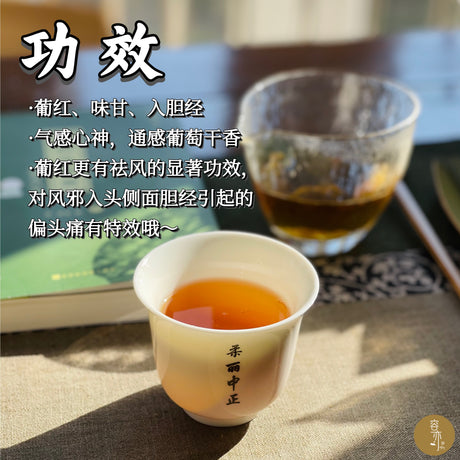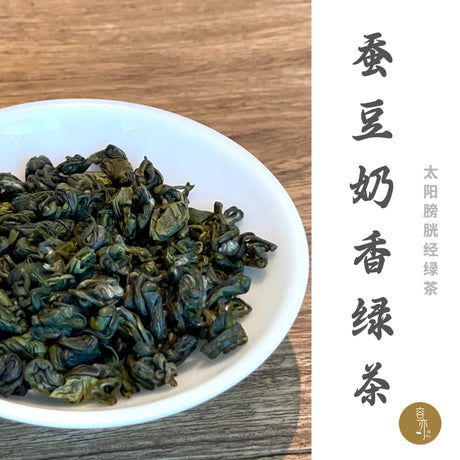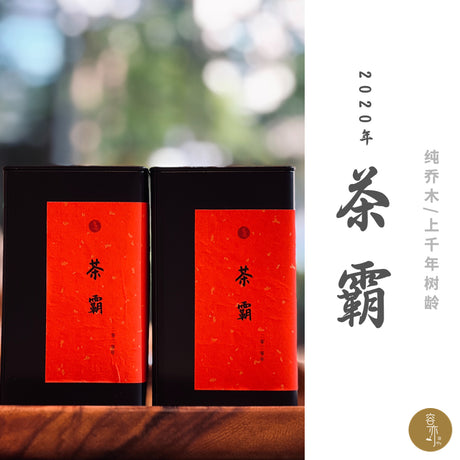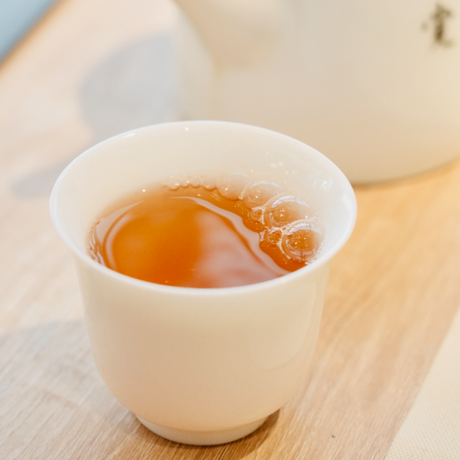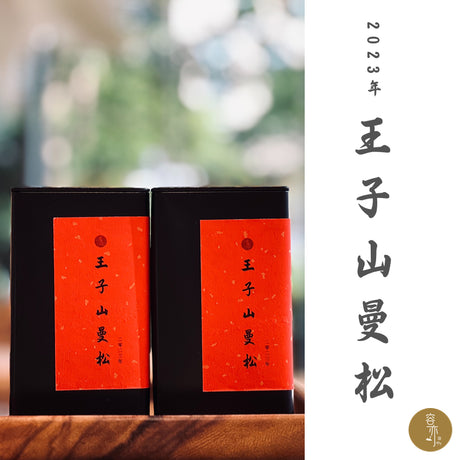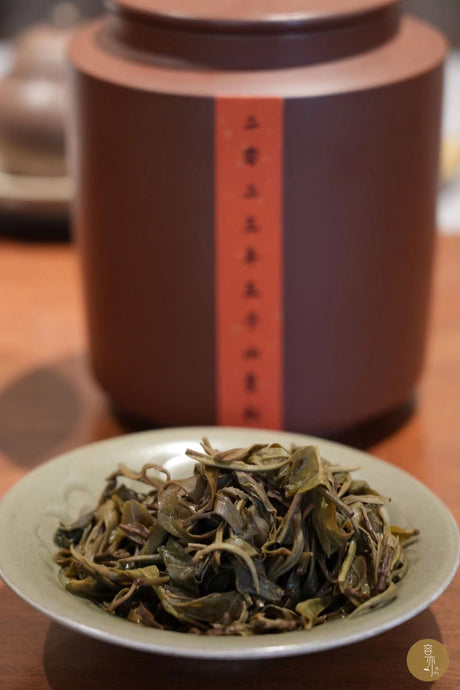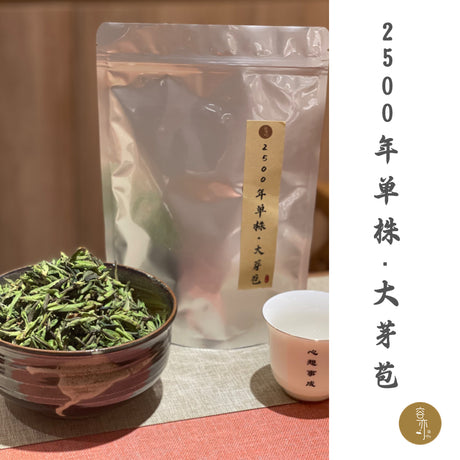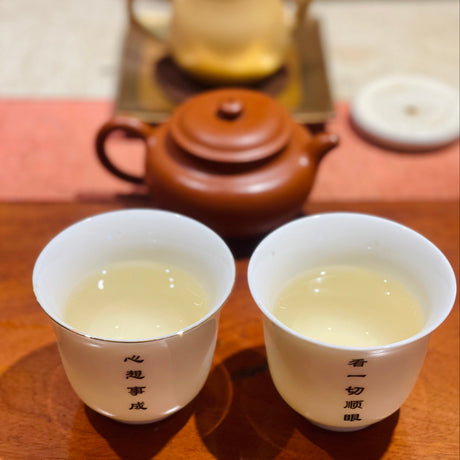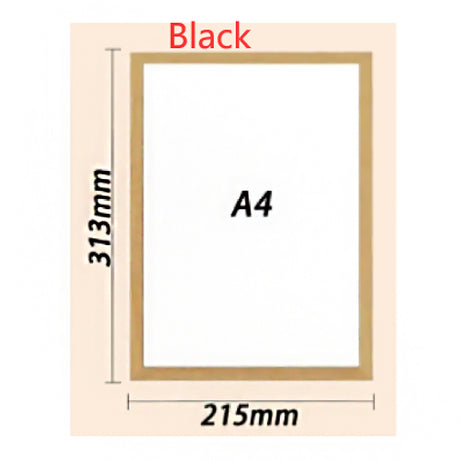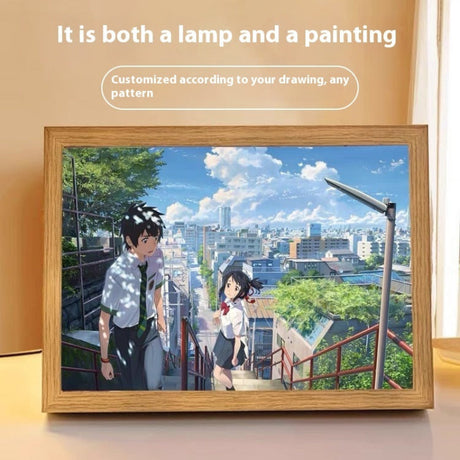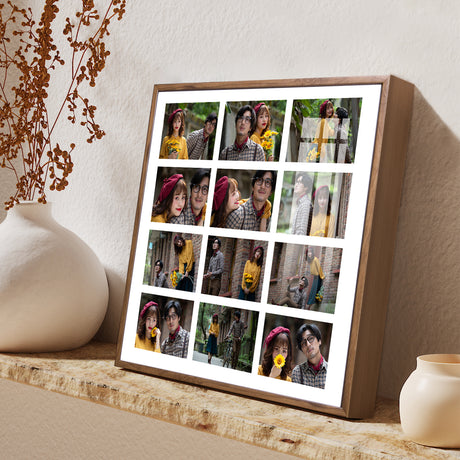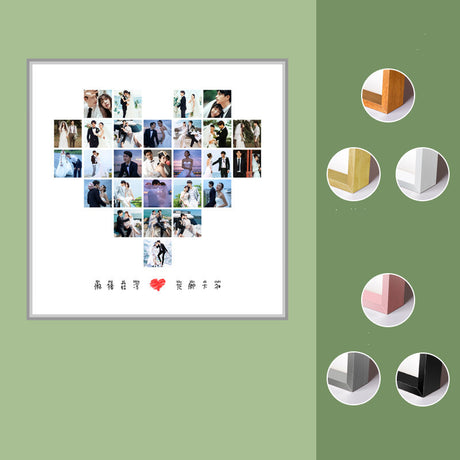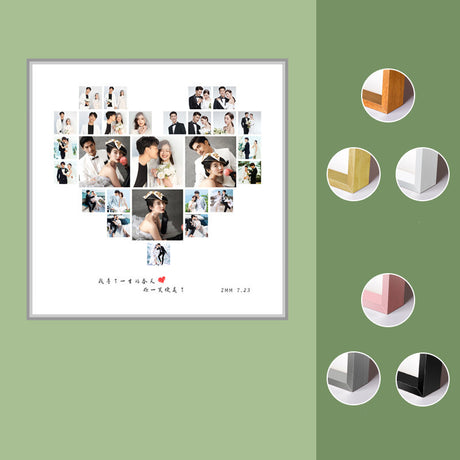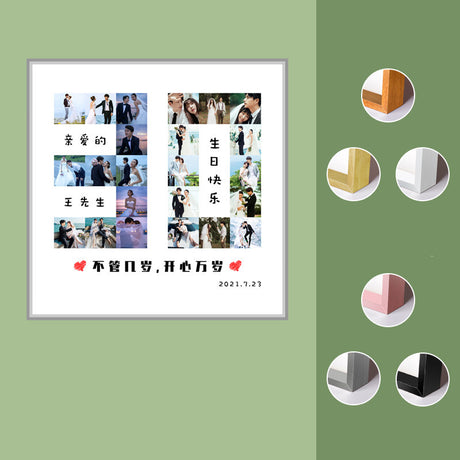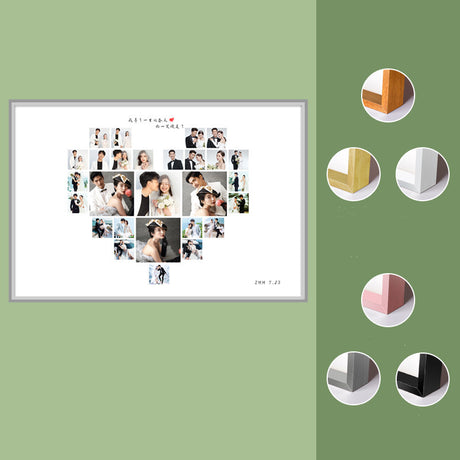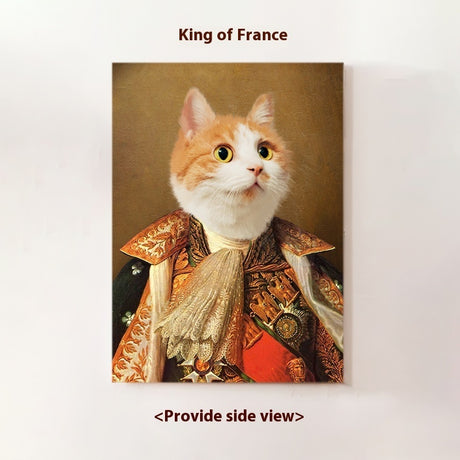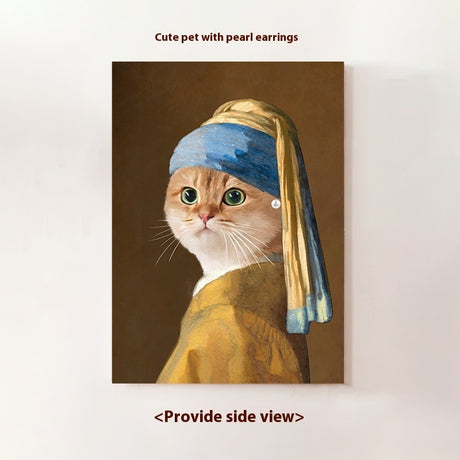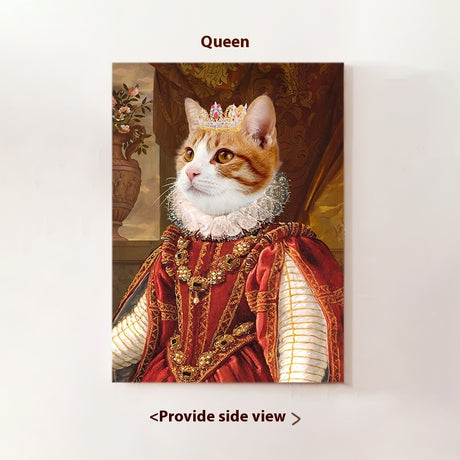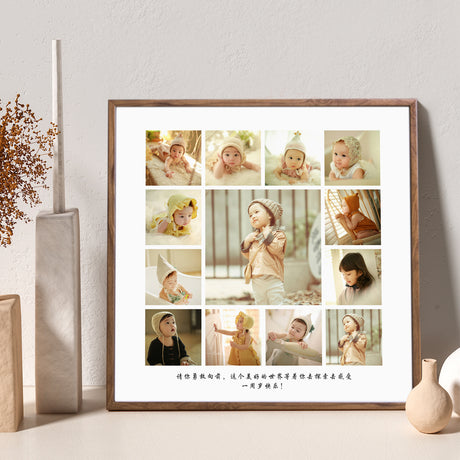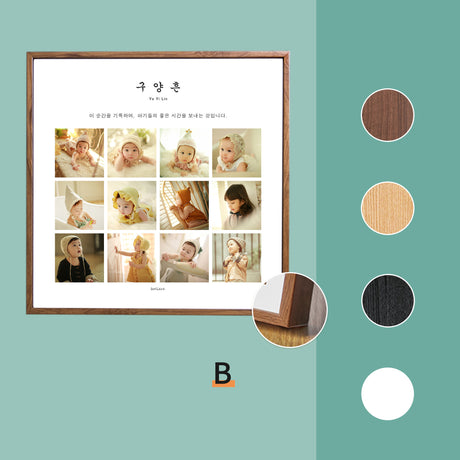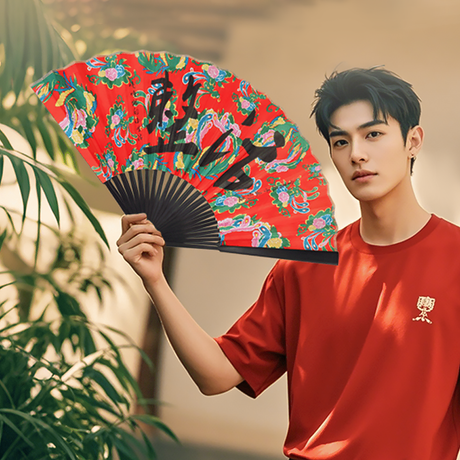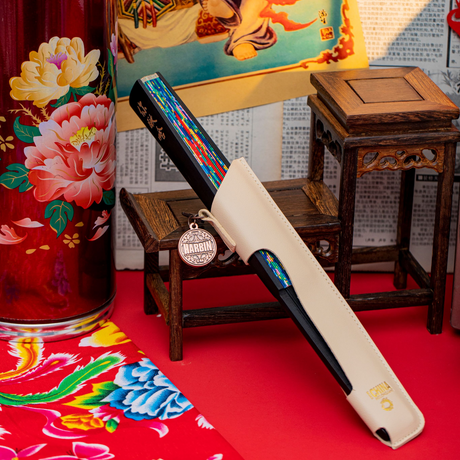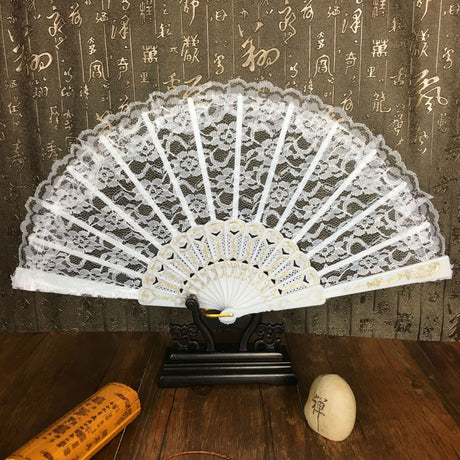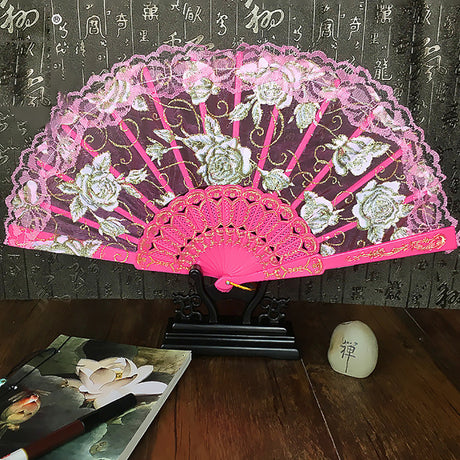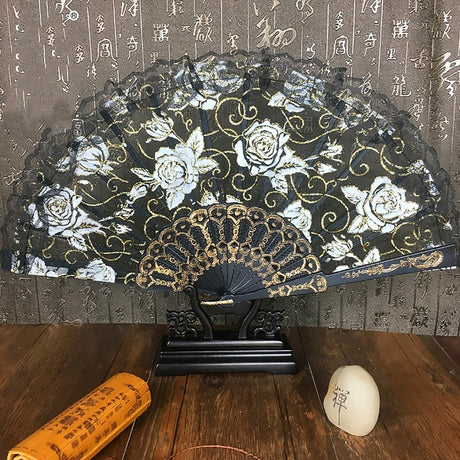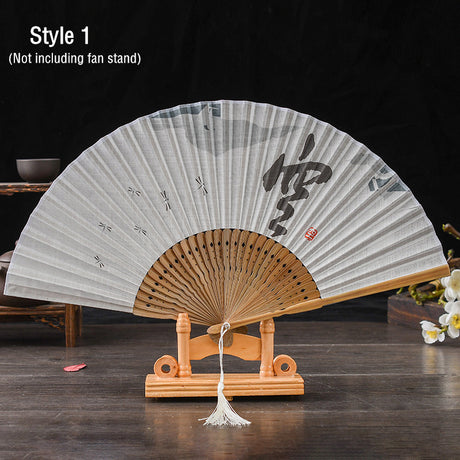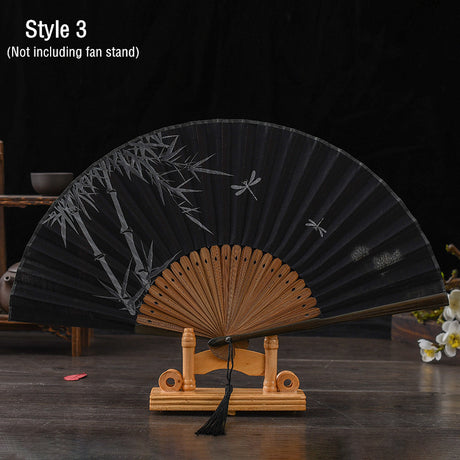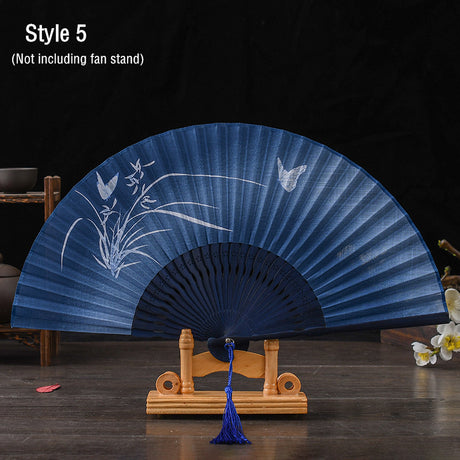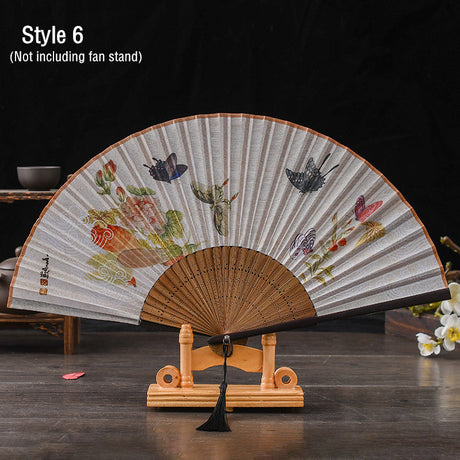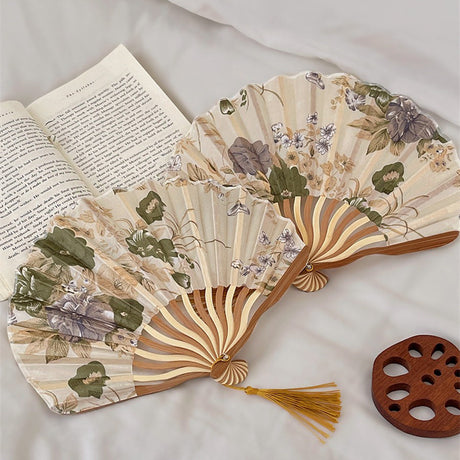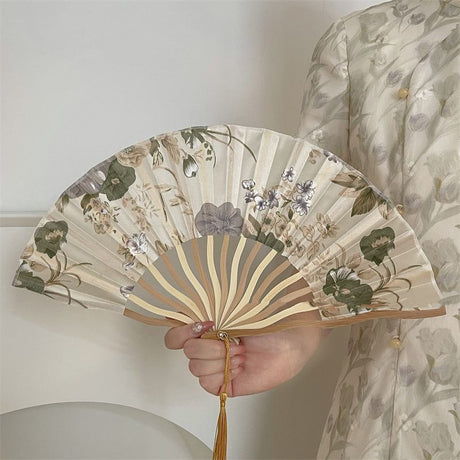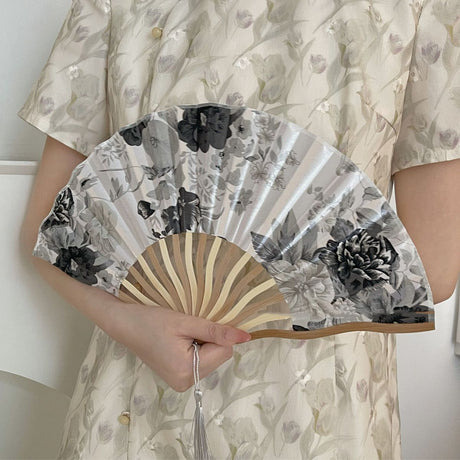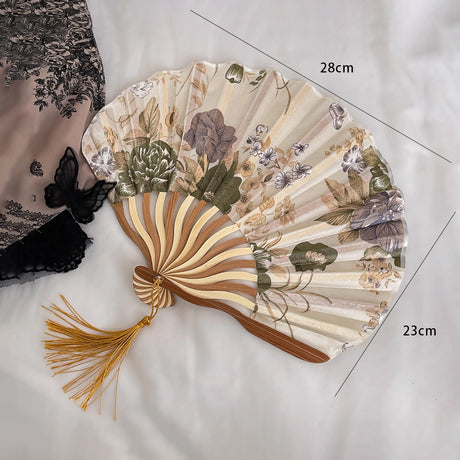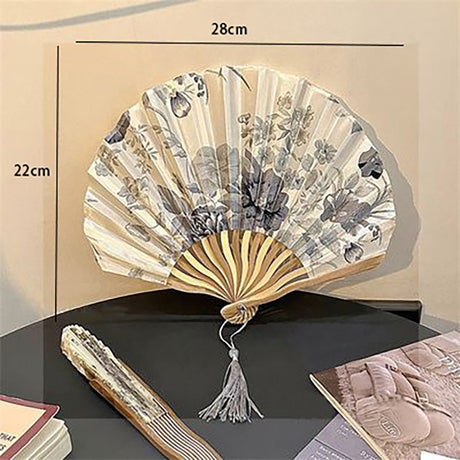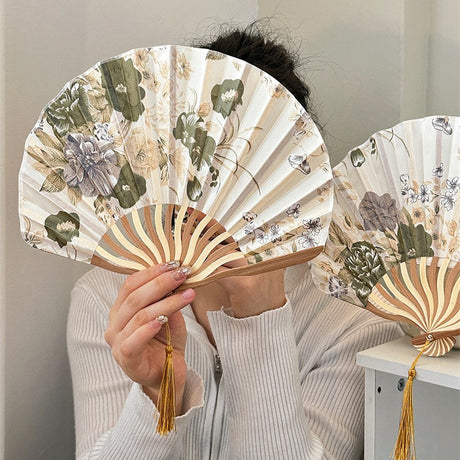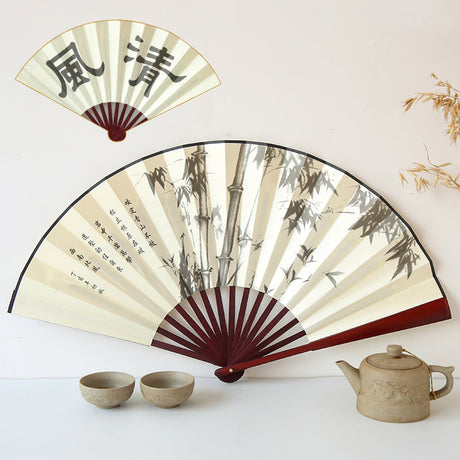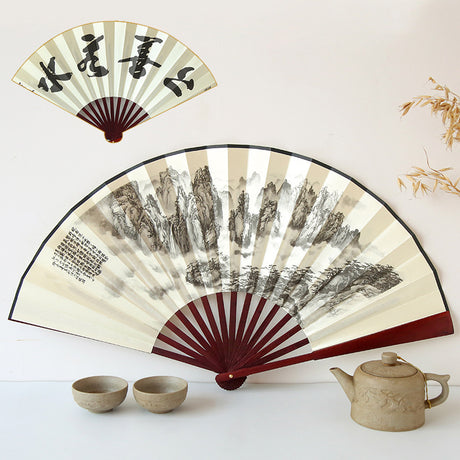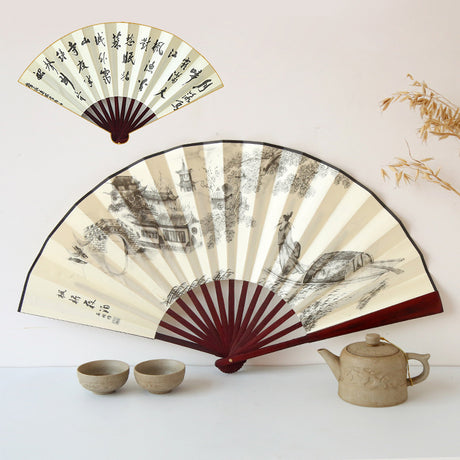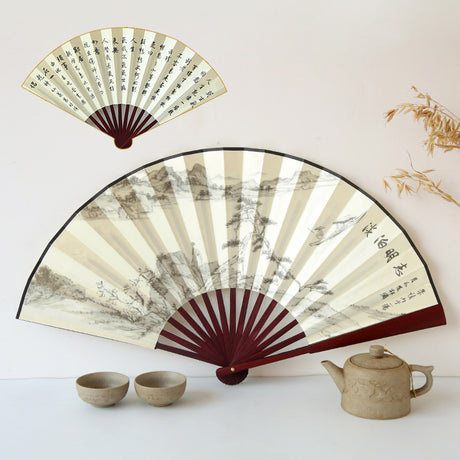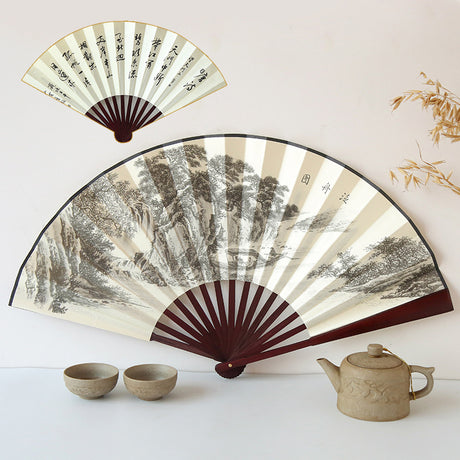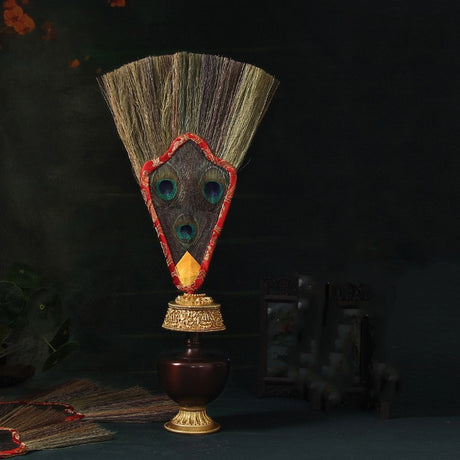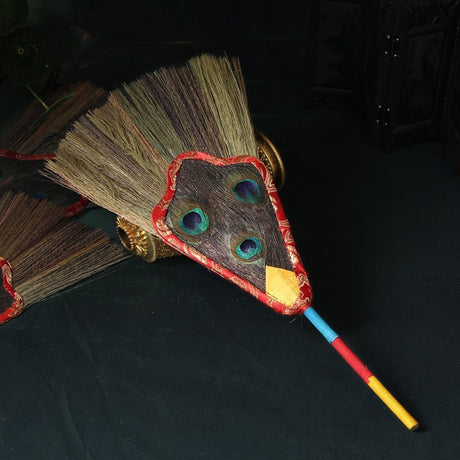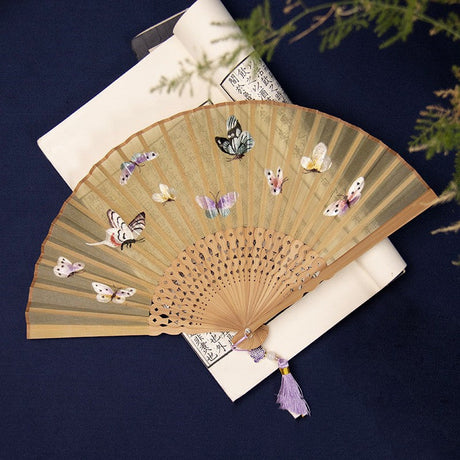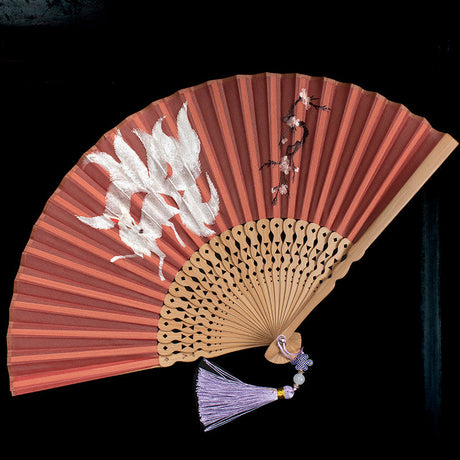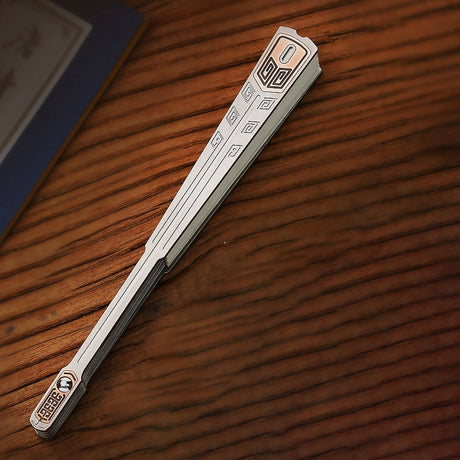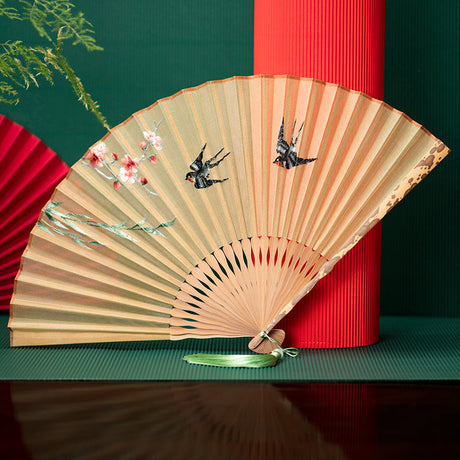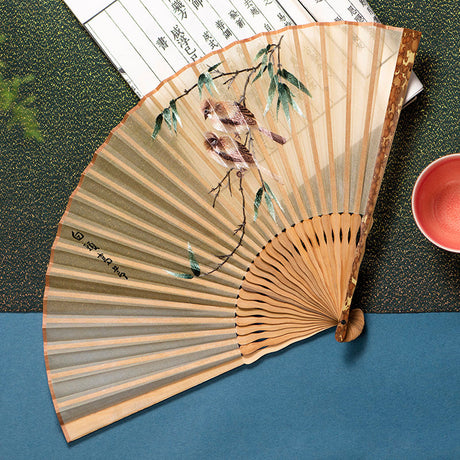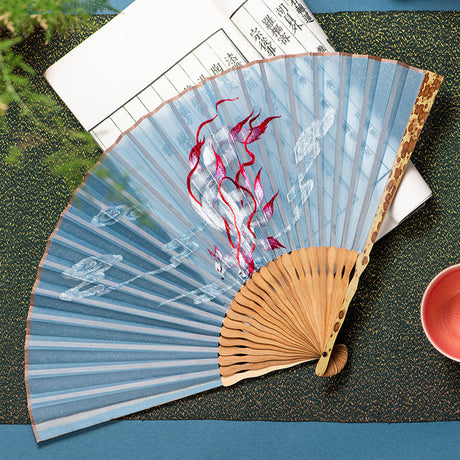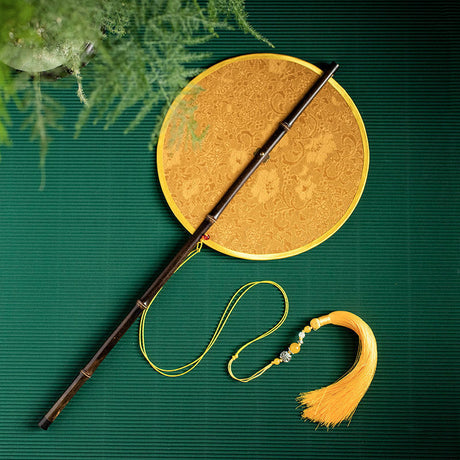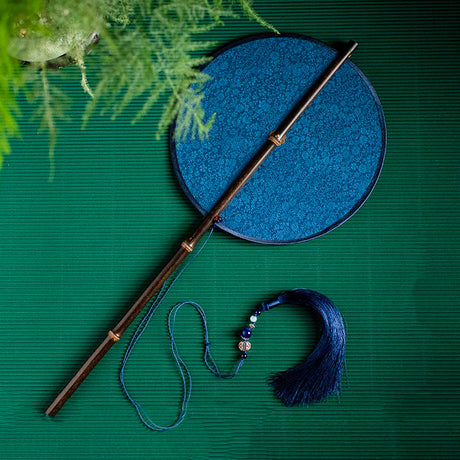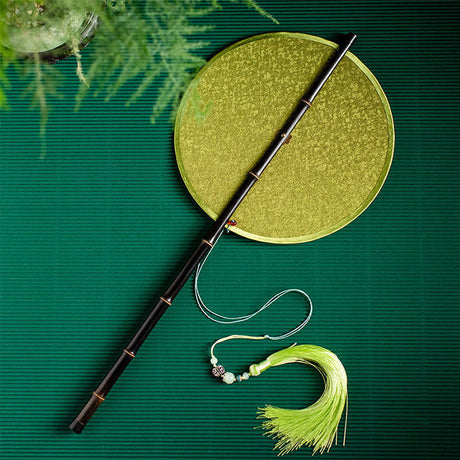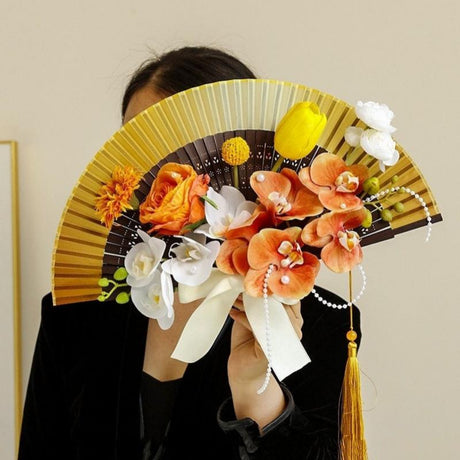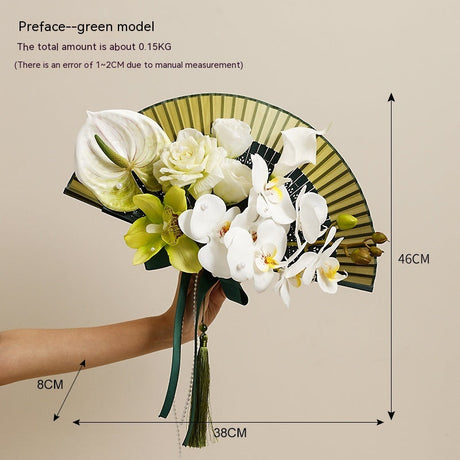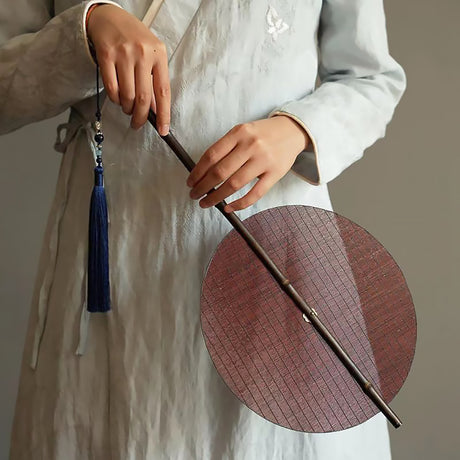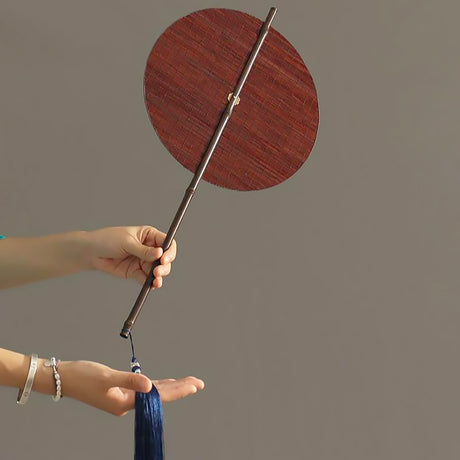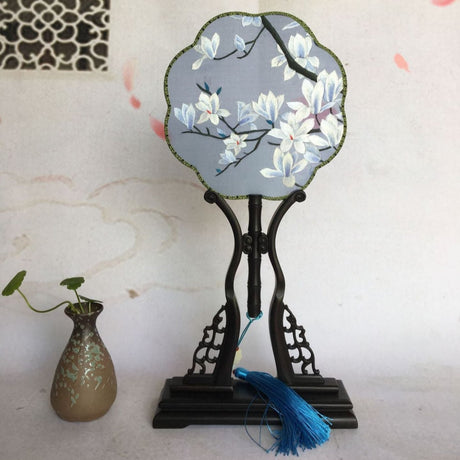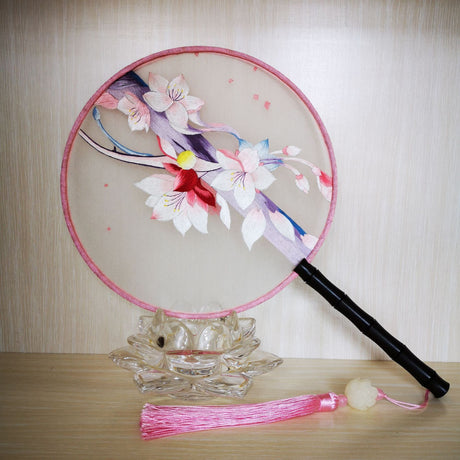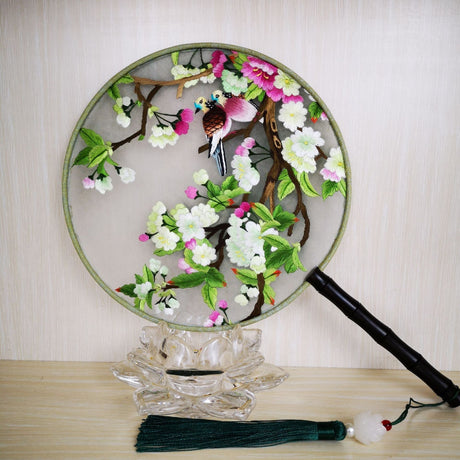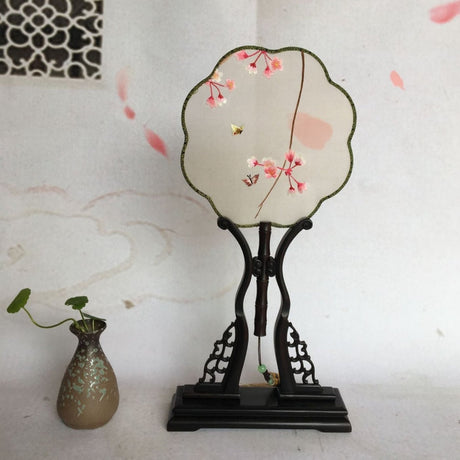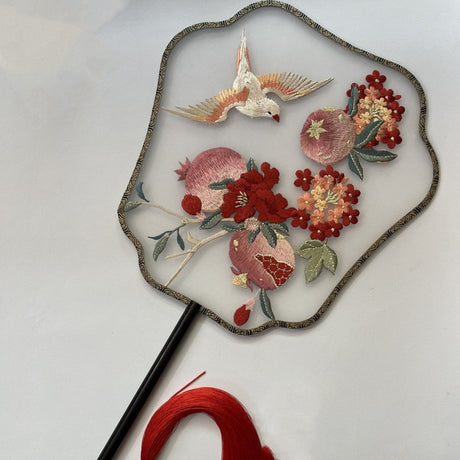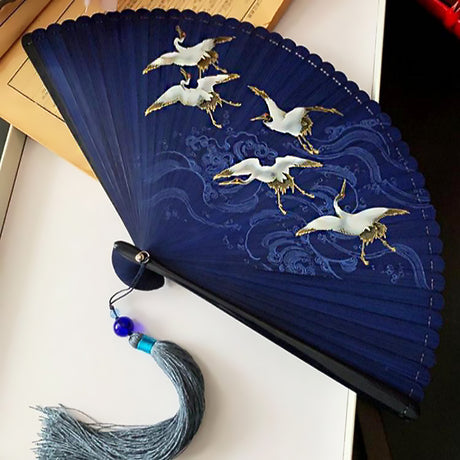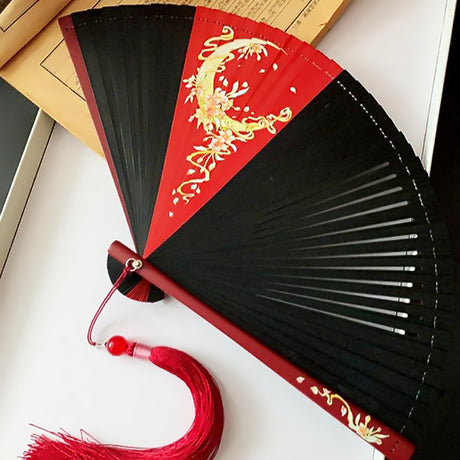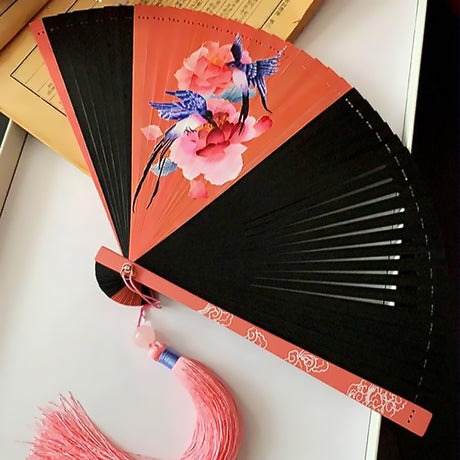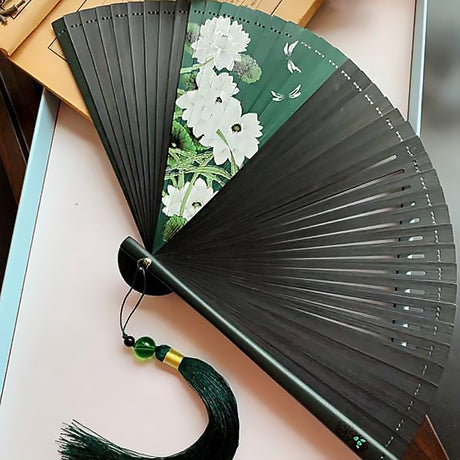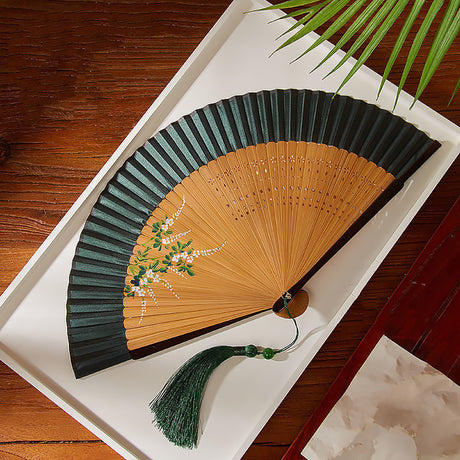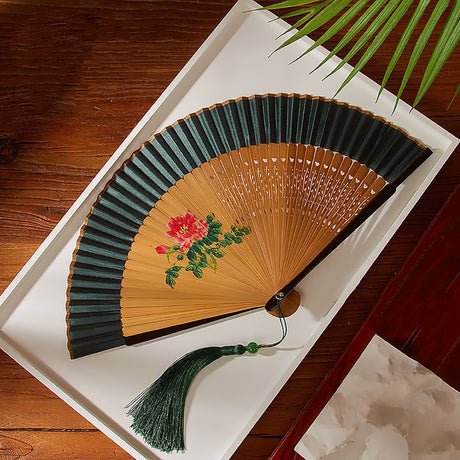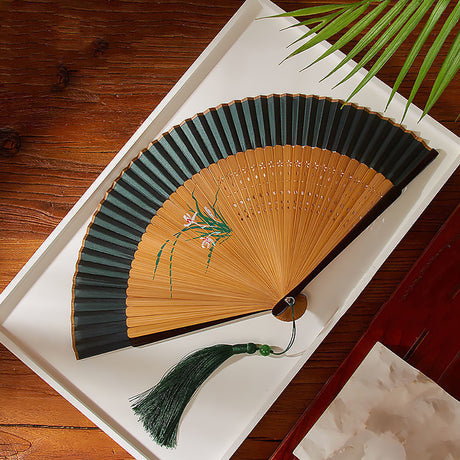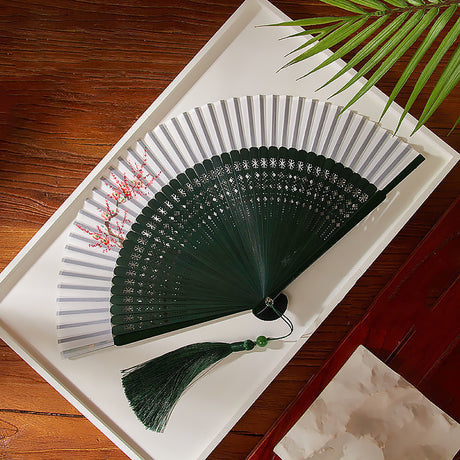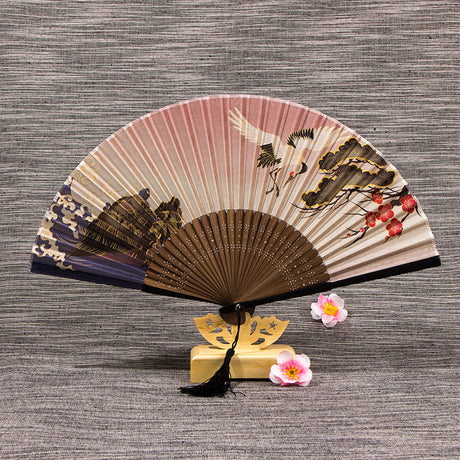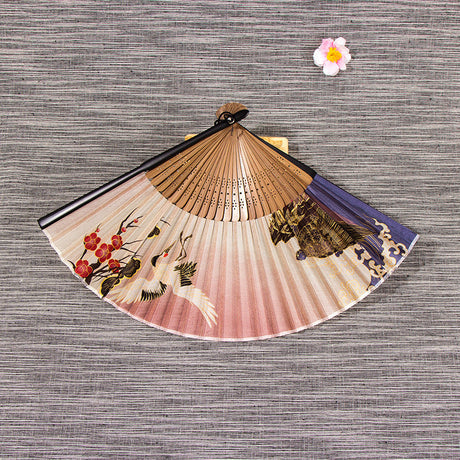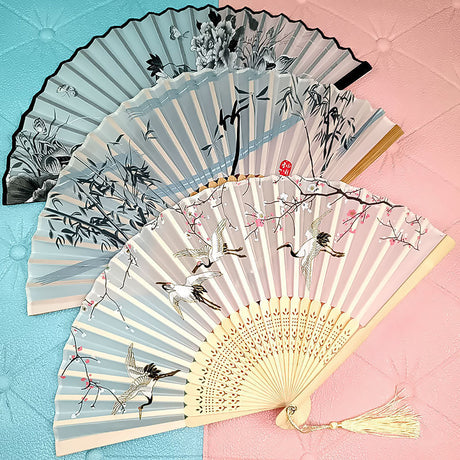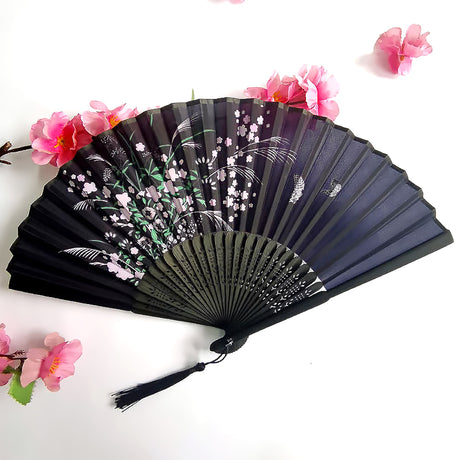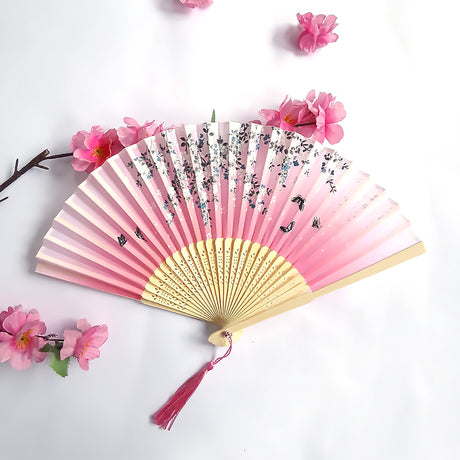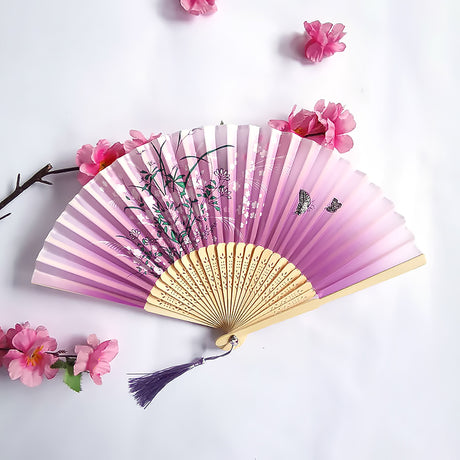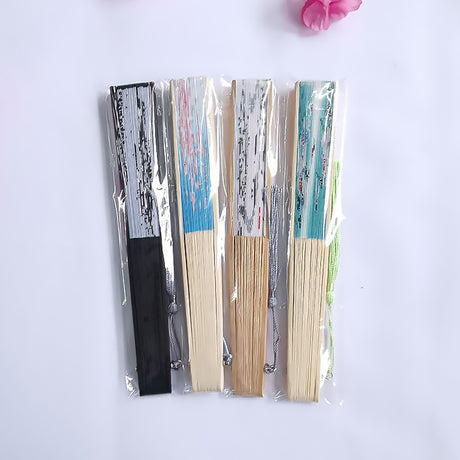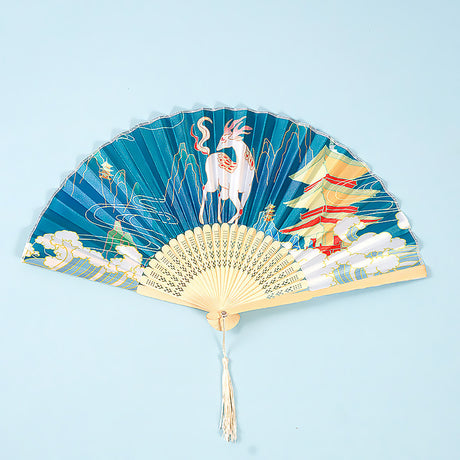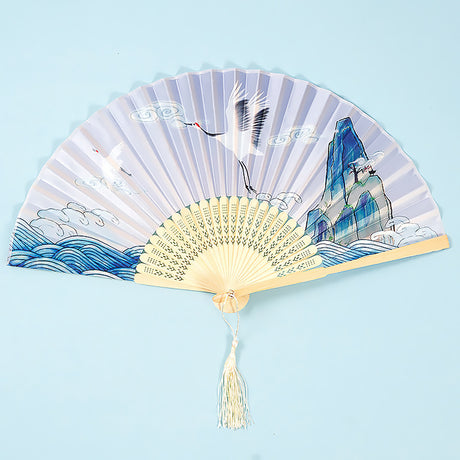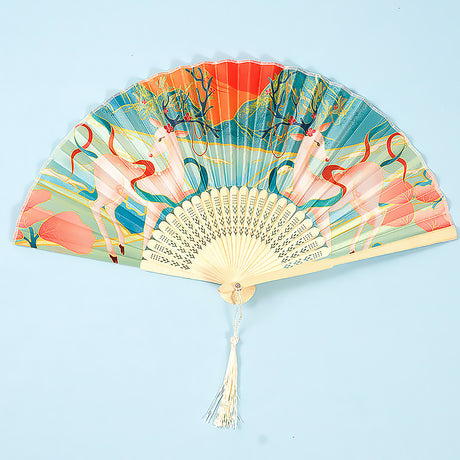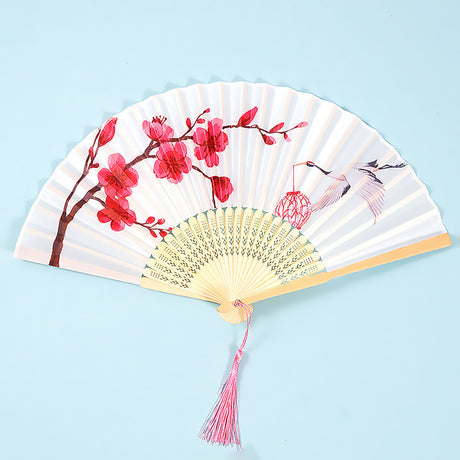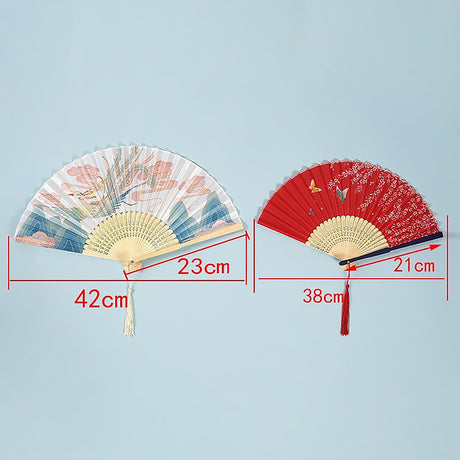From classic silk fans to delicate paper fans
Discover popular gifts sure to delight
Inspire your inner gifter!
He likes Chinese culture?
What's the occasion?
Feng Shui gifts
View allChinese Tea gifts
View allSuper discount for your first purchase.
Use discount code in checkout!
Handheld Portable Fan Harbin Liangsousu Summer Gift
$20.00 USDUnit price /UnavailableChinese Northeast Flower Folding Fan Silk Double-Sided Design
$26.00 USD$30.00Unit price /UnavailableChinese Lace Dance Fan in Classical Wing Chun Style with Bamboo Frame
$18.00 USDUnit price /UnavailableChinese Folding Fan with Bamboo Frame for Traditional Gift Giving
$18.00 USDUnit price /UnavailableChinese Bamboo Folding Fan Scallop Design for Cultural Gift Giving
$18.00 USDUnit price /UnavailableChinese Silk Folding Fan Bamboo Frame Classical Print Gift for Him
$20.00 USDUnit price /UnavailableTibetan Three Eyes Wenba Fan Peacock Feather Spiritual Gift
$21.00 USDUnit price /UnavailableSu Embroidery Folding Fan Orchid & Butterfly Chinese Style Gift
$46.00 USDUnit price /UnavailableTC4 Titanium Kung Fu Folding Fan Compact Martial Arts Accessory
$120.00 USDUnit price /UnavailableBird and Flower Embroidered Silk Folding Fan Bamboo Frame Retro Style
$75.00 USDUnit price /UnavailableChinese Embroidery Waist Fan with Traditional Purple Bamboo Handle Large Round Fan
$58.00 USDUnit price /UnavailableBridal Bouquet Folding Fan with Silk Flowers for Weddings and Gifts
$50.00 USDUnit price /UnavailableThin Bamboo Full-Bamboo Waist Fan Handwoven Round Fan
$40.00 USDUnit price /UnavailableDouble Sided Embroidered Rosewood Round Fan Chinese Style
$51.00 USDUnit price /UnavailableMagpie and Pomegranate Embroidered Sandalwood Round Fan Neoclassical
$44.00 USD$50.00Unit price /UnavailableAuspicious Clouds and Ruihe Folding Fan in Dark Blue Red Orange Green
$38.00 USDUnit price /UnavailableDark Green Cherry Blossom Folding Fan with Tassel Hand Painted
$26.00 USDUnit price /UnavailableDragon Phoenix Folding Fan Green Bamboo Frame Silk Surface
$20.00 USDUnit price /UnavailableFloral Pattern Portable Bamboo Folding Fan Lightweight and Stylish
$18.00 USD$23.00Unit price /UnavailableTasseled Bamboo Folding Fan with Hollow Carving – Portable Cheongsam Accessory
$23.00 USDUnit price /Unavailable
Everything You Need to Know About Chinese Fans
What Is a Traditional Chinese Fan?
What Is a Traditional Chinese Fan?
The traditional Chinese fan is a symbol of elegance, artistry, and social identity, with a history that spans over three thousand years. Its earliest forms date back to the Shang Dynasty (c. 1600–1046 BCE), when fans were not designed to cool the body, but rather to signify rank, power, and ceremonial authority. Used in royal courts and religious rituals, fans were indicators of prestige rather than everyday tools.
The craft of fan-making began to flourish during the Western Han Dynasty (206 BCE – 9 CE), when fans evolved from symbols of status into finely made objects blending utility with culture. One of the earliest recorded instances of fan calligraphy is linked to Wang Xizhi, China’s most renowned calligrapher, who was said to have written characters on a woman’s silk fan. This moment, though modest, marked the beginning of fans becoming a medium for literary and artistic expression.
By the Song Dynasty (960–1279), fans evolved into expressive objects, gradually becoming more integrated into daily life and intellectual culture. In the Ming Dynasty (1368–1644), fan-making reached new heights, especially among scholars and artists. Fans were no longer just tools or symbols — they became portable canvases for poetry, painting, and personal philosophy. From landscapes and flowers to figures and folklore, fan surfaces reflected the inner worlds of their owners.
In the Qing Dynasty (1644–1912), fan culture flourished across all social classes. The fan became a favored item among poets, painters, and thinkers, reaching a golden age of aesthetic and artistic development.
Today, traditional Chinese fans are admired for their historical richness, artistic elegance, and cultural depth — not just as functional accessories, but as lasting symbols of Chinese refinement and identity.
How Are Chinese Fans Made?
How Are Chinese Fans Made?
The making of Chinese fans is a time-honored craft that varies depending on the type of fan being created. While all fans reflect traditional artistry and precision, the materials and techniques used differ between styles. Here's a closer look at how the most iconic types of Chinese fans are made:
1. Folding Fans
Folding fans originated in the Song Dynasty and became widely popular among scholars during the Ming and Qing periods.
Materials & Process:
- Ribs: Made from bamboo, sandalwood, or ebony. The bamboo is split, shaped, and polished to form the folding structure.
- Fan Surface: Usually made of paper or silk, mounted onto the ribs with glue.
- Art Decoration: Artists hand-paint landscapes, calligraphy, or flowers on the fan leaf.
- Finishing: A pivot pin holds the ribs together, allowing the fan to open and close gracefully. Sometimes tassels or jade beads are added for ornamentation.
2. Round Fans
Also known as palace fans, these are associated with court ladies and ancient poetry.
Materials & Process:
- Frame: Crafted from fine bamboo or wood, shaped into a perfect circle or oval.
- Fan Face: Made with translucent silk or fine gauze, stretched tightly over the frame.
- Embroidery or Painting: Delicate embroidery of flowers, birds, or classical scenes is often sewn directly onto the silk surface.
- Handle: A straight, often lacquered bamboo or wood handle is attached, sometimes decorated with carvings or inlays.
3. Feather Fans
Historically associated with military strategists like Zhuge Liang, feather fans are symbols of wisdom and elegance.
Materials & Process:
- Base: Usually a bamboo or wooden handle.
- Feathers: Carefully selected goose or crane feathers, arranged in a fan shape and secured to the frame.
- Finishing Touch: The handle may be engraved, wrapped in brocade, or adorned with a ribbon.
4. Sandalwood Fans
These fans are typically carved from aromatic woods like sandalwood and are known for their fragrance and detailed carvings.
Materials & Process:
- Structure: Entire fan made of sandalwood or similar material, with each rib delicately carved.
- Design: Intricate openwork patterns, flowers, and scenes are etched into the ribs, creating a lace-like effect.
- Scented Appeal: These fans are both functional and perfumed, often used as elegant personal accessories.
Conclusion
Each type of Chinese fan tells a different story through its form, materials, and craftsmanship. Whether it's the fold of a scholar's fan, the stillness of a palace fan, or the fragrance of sandalwood, the process behind making these fans reflects China's rich heritage of artistry and symbolism. Owning or gifting one is like holding a piece of living history in your hands.
What Do Chinese Fans Symbolize Meaning?
What Do Chinese Fans Symbolize Meaning?
With a history spanning thousands of years, Chinese fans are deeply woven into the fabric of traditional Chinese culture. While they serve a practical purpose as cooling tools, their significance reaches far beyond function. These elegant accessories reflect rich cultural meanings and are widely used in Chinese ceremonies, performances, and visual arts.
Symbolic Meanings of Chinese Fans
- In Chinese tradition, fans are often seen as symbols of good luck, prosperity, and positive wishes.
- They have long been associated with grace, status, and refinement, especially when carried by scholars, poets, and nobility.
- Many fans feature traditional Chinese motifs, such as longevity symbols, floral patterns, or auspicious animals, each carrying its own cultural meaning.
- On stage, especially in Chinese classical dance and opera, fans enhance the performance by adding a sense of fluidity and beauty.
Cultural Importance
- Chinese fans have played a key role in cultural life since ancient times, from court rituals to daily expressions of taste and style.
- They are frequently used in festive celebrations, weddings, and seasonal ceremonies, adding both symbolic weight and visual elegance.
- In fan dancing, a traditional Chinese performing art, the fan becomes an extension of the dancer’s body, expressing emotion, storytelling, and rhythm.
- Today, they remain popular as cultural gifts and souvenirs, symbolizing a connection to heritage and appreciation for Chinese craftsmanship.
Chinese fans are more than simple objects—they are living symbols of tradition, artistry, and meaningful expression. Whether displayed, gifted, or performed with, they continue to reflect the elegance and spirit of Chinese culture across generations.
What Are the Different Types of Chinese Fans?
What Are the Different Types of Chinese Fans?
Chinese fans come in a wide variety of forms, each reflecting unique regional materials, craftsmanship, and cultural significance. From ancient ceremonial use to modern-day performance art, these fans showcase the depth and diversity of Chinese artisan traditions.
Feather Fans :Dating back over 3,000 years to the Shang and Zhou dynasties, feather fans were once symbols of nobility and military wisdom. They are crafted using feathers from large birds such as peacocks, cranes, black geese, and owls. These elegant fans are lightweight yet commanding in appearance, often associated with historical figures like Zhuge Liang.
Bone Fans:Bone fans are typically made from water buffalo ribs and originate from regions like Suzhou, Changzhou, Jiangxi, and Guangzhou. After being carefully cut, carved, steamed, and polished through a detailed process, the finished fan bears a fine, ivory-like appearance. These fans are valued for their delicate structure and refined elegance.
Bamboo Fans :Woven from thin strips of mountain bamboo, bamboo fans are known for their silky-smooth surface and long-lasting durability. They come in various shapes—square, round, hexagonal—and age gracefully over time, often developing a soft reddish hue after several years.
Palm Leaf Fans:Palm leaf fans are large, sturdy, and traditionally made from the leaves and stems of palm trees. The circular fan leaves are flattened under weight, then trimmed and edged with decorative silk thread. Their natural green color and robust design make them a favorite in many rural regions, with their thick stems earning them the name “natural fan handles.”
Silk Dance Fans :Used in traditional Chinese dance and opera, silk fans are both functional and ornamental. Their frames are made of bamboo, sandalwood, or ox bone, while the fan surfaces feature brightly colored silk decorated with floral patterns, sequins, and sometimes lace trim. These fans are especially popular in female performances, adding drama and elegance to every movement.
Each type of Chinese fan represents not just artistic beauty but also a chapter in China’s cultural evolution—whether it’s in the hands of a dancer, a scholar, or an everyday person seeking relief from the summer heat.
Are Chinese Fans Still Used Today?
Are Chinese Fans Still Used Today?
Yes, Chinese fans are still widely used today—both as elegant accessories and as cultural symbols. While their practical function as cooling tools remains relevant, they are also embraced in many other contexts.
In modern China and around the world, fans are often featured in traditional performances, such as classical dance and opera, where they add beauty and expressive movement. They are also popular in festivals, weddings, and cultural ceremonies, symbolizing grace, tradition, and good fortune.
Beyond cultural events, Chinese fans have also become fashionable collectibles and stylish summer accessories. Their intricate designs and historical charm make them appealing to people of all ages. Whether used for artistic display, gifting, or personal expression, Chinese fans continue to thrive as both functional and decorative pieces..
What types of chinese fan can you find on C-gifts?
What types of chinese fan can you find on C-gifts?
At C-gifts, you’ll discover a curated collection of Chinese fans that blend traditional artistry with modern creativity. Whether you're seeking a graceful cultural piece or a unique decorative item, there's something for everyone.
Some of the popular types of Chinese fans available include:
- Handheld Silk Folding Fans— Featuring elegant floral or landscape designs, these fans are perfect for traditional dance, personal use, or as display art.
- Round Palace Fans (Tuanshan) — Inspired by classic Chinese court aesthetics, these fans often come with embroidered silk surfaces and are ideal for weddings, photoshoots, or cultural events.
- Fan-Shaped Earrings & Accessories— A playful twist on tradition, these wearable fan designs bring a touch of Chinese elegance to your everyday style.
- Miniature Decorative Fans— Perfect for display on shelves or desks, these small fan ornaments capture the beauty of traditional fans in compact form.
- Fan Gift Sets— Beautifully packaged sets often include fans with matching bookmarks, pouches, or themed accessories, making them excellent gifts for festivals or loved ones.
Explore the full collection here and bring a piece of timeless Chinese culture into your home, wardrobe, or special occasion.



